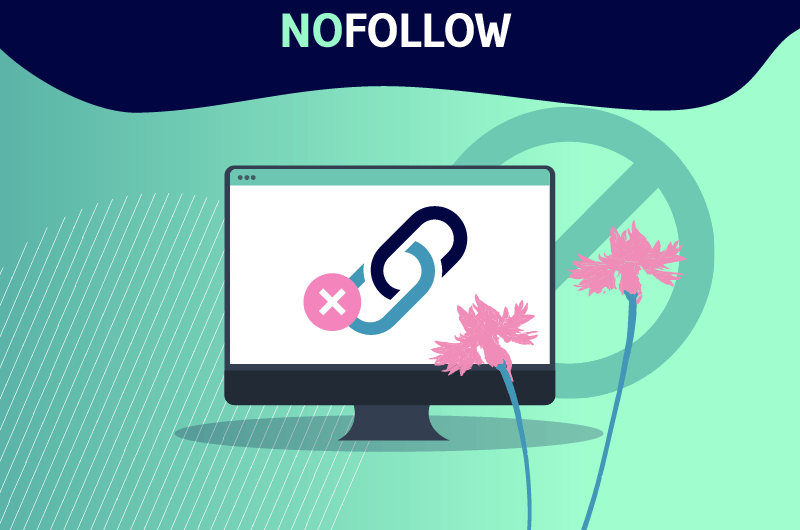The English word nofollow is one of the values of the attribute “rel” which is used to produce hyperlinks. It allows more specifically to indicate that a link should not be considered in the evaluation of a web page. Its addition in a text would not, therefore, play any role in the referencing of the page to which it refers.
Depending on the hyperlinks you add to your content, you can see your pages perform better or not
Indeed, there are different kinds of URLs, contrary to what you might think. URLs can play certain roles depending on certain attributes.
Today, we will distinguish two types of attributes: The “Dofollow” and the “Nofollow”
The first one is the standard link version used for web pages. The second is less common, but is just as important to know.
In order to better understand it, here are some points that I will address in this article:
- What is Nofollow?
- Nofollow and search engine optimization ;
- The impact of Google’s updates on the future of Nofollow.
Let’s go !
Chapter 1: What is a nofollow link?
For the relevant development of this chapter, we will cover the following points
- The concept of the nofollow link
- How to use it
1.1) What is a nofollow link?
Nofollow links are links that can be described as neutral or silent. They are easily recognized by the HTML tag that is applied to them (rel=”nofollow”)
Apart from the ranking on the SERP or search engine results page, nofollow links do not improve the PageRank
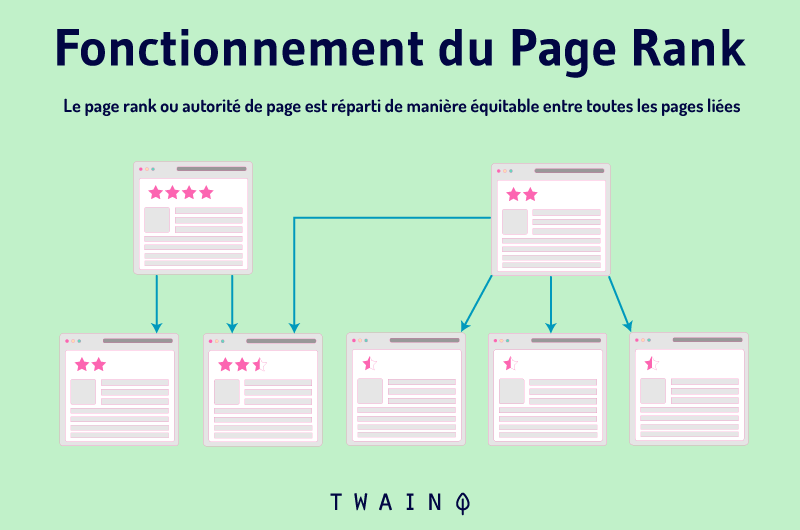
As with dofollow links, Internet users have the possibility to access the page to which a nofollow link refers
The only difference is that nofollow links allow site owners to protect themselves from ranking penalties. This is because they are links that are not taken into account when evaluating the backlinks of a site
In fact, the use of nofollow links contributes to the fight against blog comment spam, a phenomenon that has persisted for years
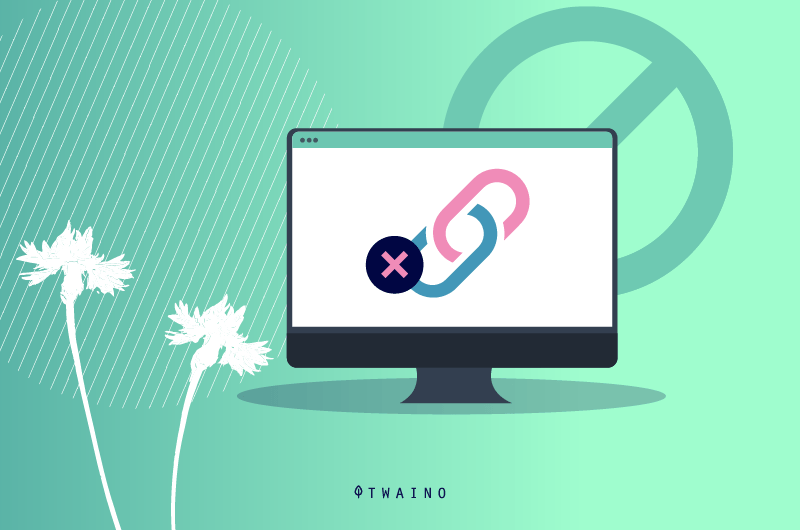
1.2. The reasons behind the creation of nofollow links
As pointed out in the previous sentence, nofollow links were created by Google to eradicate the spread of comment spam
In the past, spammers used to add links back to their site in their comments. This practice led to an increase in the popularity of blogs, which in turn led to an increase in comment spam
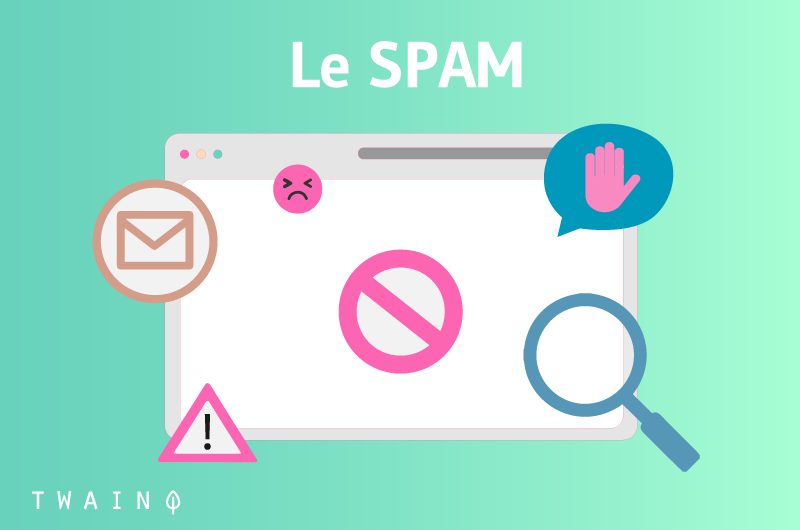
Subsequently, the spread of the phenomenon led to two major problems
First, there was the favorable ranking in Google of spam sites, which reduced the reputation of sites with quality content
The second problem was the loss of total control over comment spam
So to put an end to these different phenomena, Google helps to create the nofollow tag in 2005 and integrate it into its algorithm. Then, other search engines such as Yahoo and Bing also adopted it
1.3. Structure or technical context of the nofollow link
The nofollow link can be recognized by the following elements:
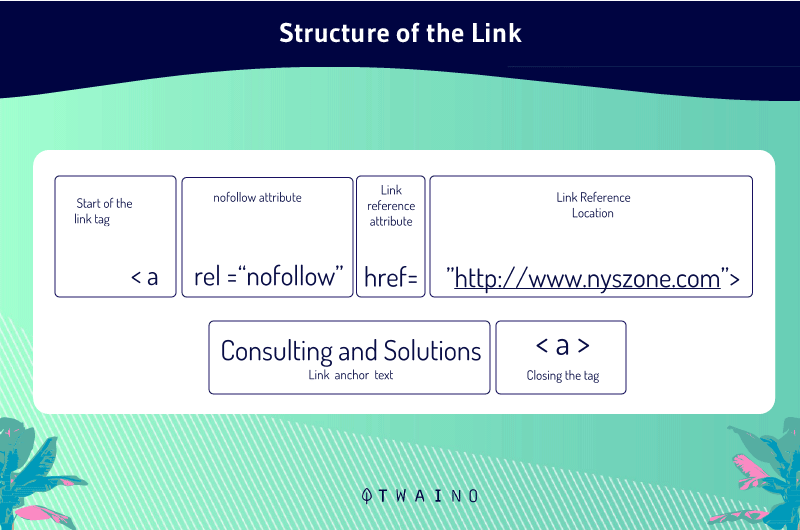
1.4. Steps to check the presence of nofollow links on a site
The verification of the presence of nofollow links on a site or a web page is very simple to achieve. Just go on any website, right click and click on “Display the source of the page” or “inspect”
Here is an example.
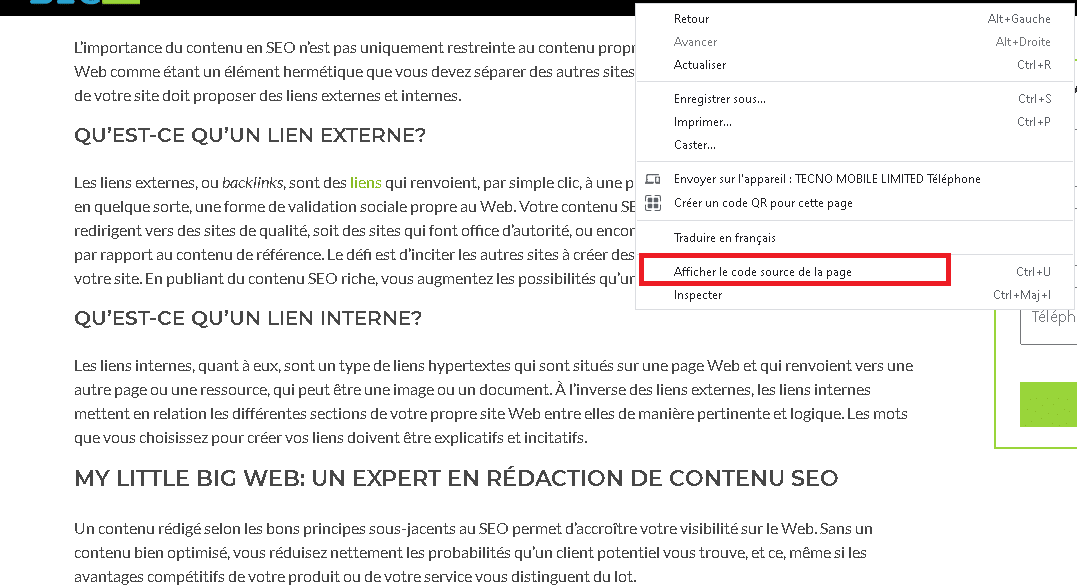
The next step is to look for the rel=”nofollow” attribute in the HTML source of the page. Any link that has this attribute will be considered as nofollow and the others as dofollow.

Source spinxdigital
Apart from the method that involves using the source code of the page, you can use the chrome extension to check a nofollow link
It installs on your browser, after which, all the nofollow links of the sites you visit will be circled in red.
To activate this feature, you must first install the Nofollow
You will be redirected to the extension’s page where you can activate the feature by clicking the “Add to Chrome” button located in the right corner of the extension
Here is an image to illustrate the process:
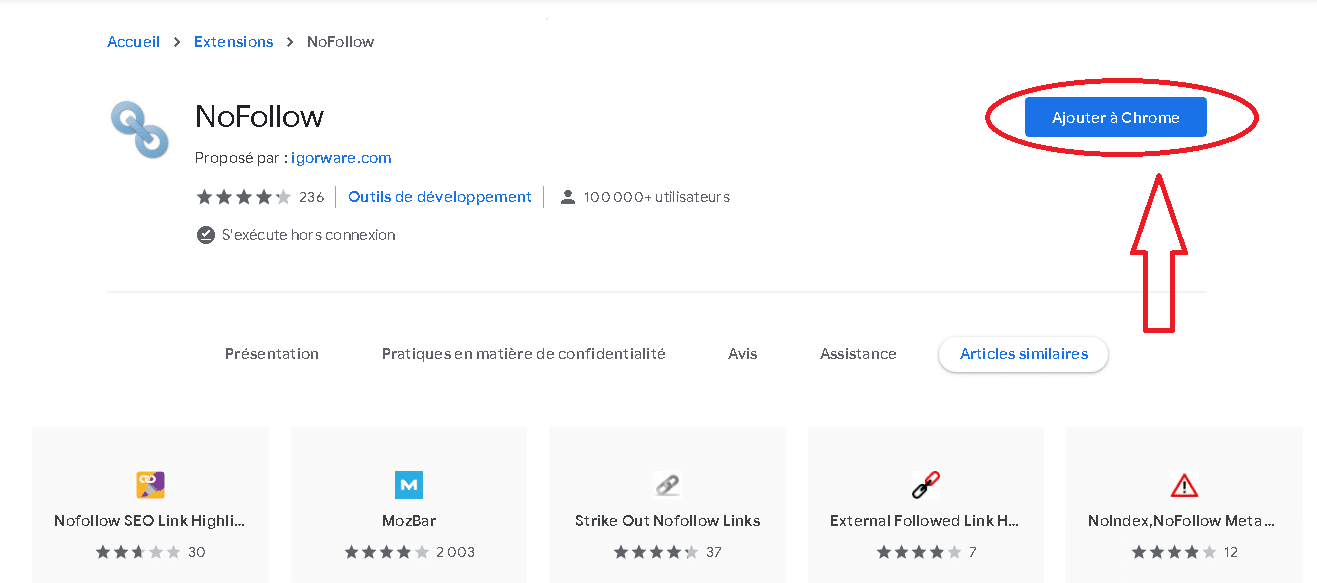
Once you click this button, the feature will activate and the extension icon will appear in the right corner of your browser
You will now be able to see your nofollow links on your pages.
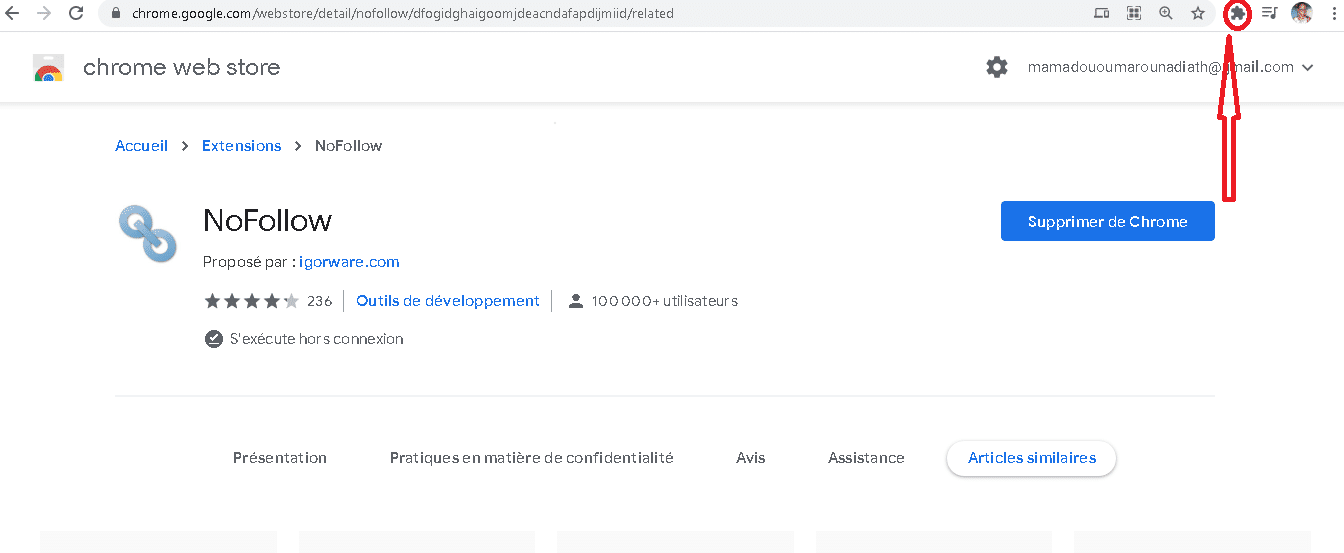
Note that you can also deactivate this function whenever you want by following the same process. The only difference is that instead of the button ”Add to Chrome” it will be written ”Remove from Chrome”
1.5. How to create a nofollow link ?
The creation of a nofollow link on a page is done by modifying the code of it. You must go to the editor of your blog and refer to the HTML part
Then find the link you want to transform into nofollow and add the attribute rel = “nofollow”. Your link should look like this
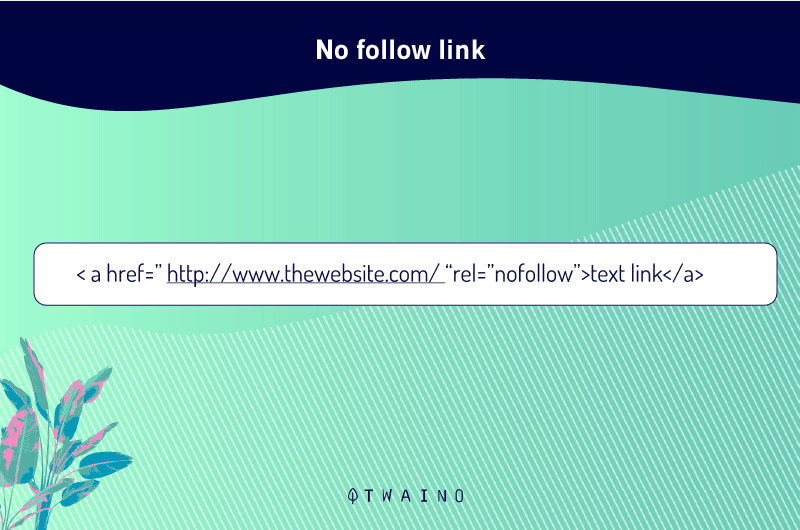
1.6. When do we use nofollow links?
In general, the nofollow attribute is used for links that are not produced in a natural way or that are not obtained for a real interest
It can be used to prevent the link from being associated with the target, for widgets, certification badges and press releases
Generally speaking, site designers mainly use nofollow links in blog comments. It is an effect, a tool to control and better manage the blog part of websites
In other words, they allow you to prevent the links left by your users in the comments from biasing your ranking
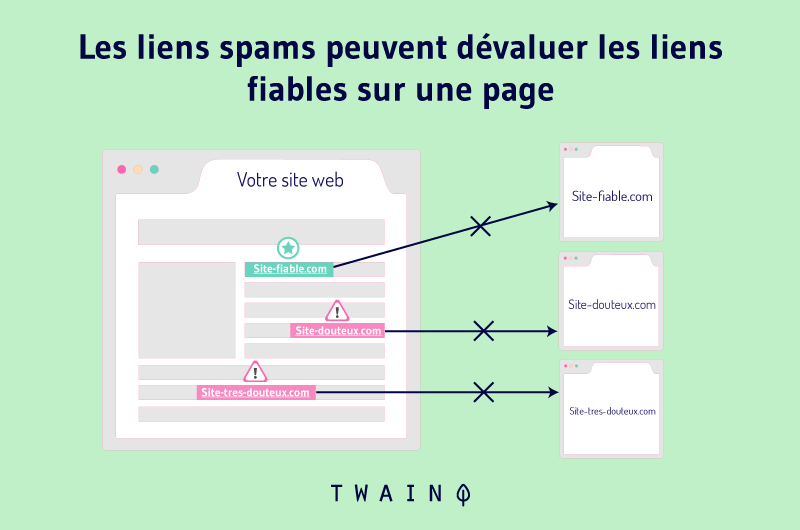
Thanks to this, spammers won’t have any advantage as far as SEO is concerned and you will be able to protect your site at the same time
Nofollow tags are also used in the forum section to prevent spam comments from invading
Apart from these various uses, nofollow links are also used for paid links so that it does not affect the SEO
Indeed, paid links are not taken into account by Google when evaluating link profiles
Many wonder therefore the added value that nofollow links bring to their SEO
Chapter 2: Nofollow links and search engine optimization (advantages)
In this chapter, we will see how nofollow links can help your page’s ranking on search engines
2.1. Nofollow links help to diversify your backlink profile
The backlink profile is the term used to translate the nature of the composition of each of the links (backlinks) on your site. Thus, a part of your site’s links is followed and the other part is not
In either case, you should know that you are inevitably linked to the page to which the link you have inserted refers
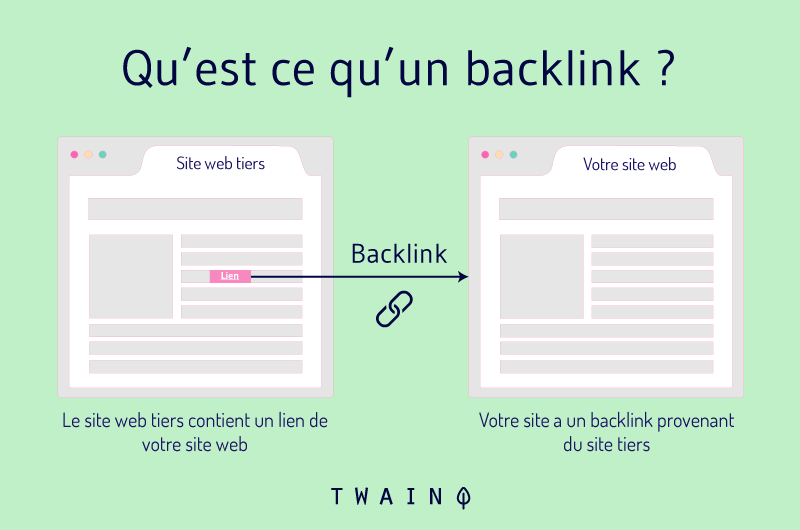
In fact, web pages that have a very high percentage of dofollow or followed links are usually questionable
However, the important thing is not so much the percentage of dofollow links on the page, but the mix between dofollow and nofollow. In other words, as long as the page does not have only followed links, it is a good sign
In general, pages that have 60-90% dofollow links are fine, although sometimes this is not the case
That is, when you exceed this percentage, you are likely to see your ranking compromised at the search engine level
Note that these numbers are not standards and that your ranking also depends on the quality of the content of your page
2.2. they help to increase traffic
Apart from improving your SEO, nofollow links also help to generate traffic to your page. This is because they usually link to web pages.
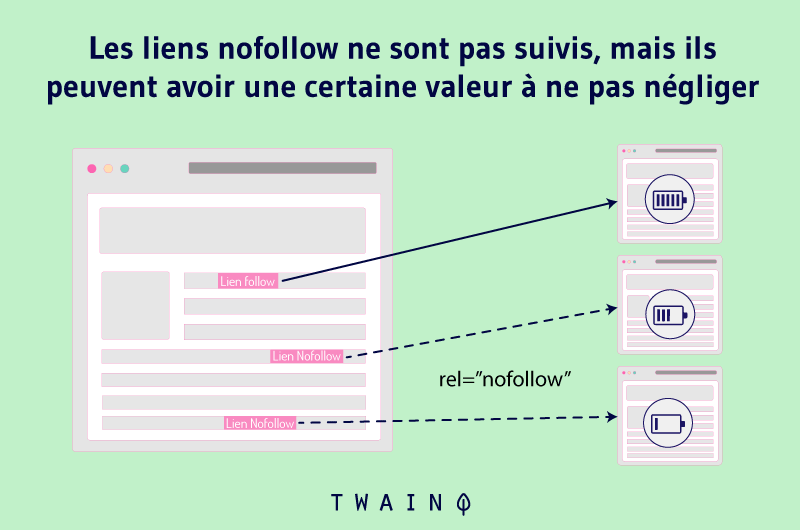
In fact, when someone links to your page, they can recommend your content to others through the links they add to their page. This inevitably drives traffic to your page, whether the link is followed or not.
2.3. they protect you from Google’s penalties
Nofollow links protect you from Google’s penalties for including paid links on your site
In some situations, the use of paid links is legitimate. We can take the example of a site that generates a lot of traffic and therefore decides to have sponsored publications
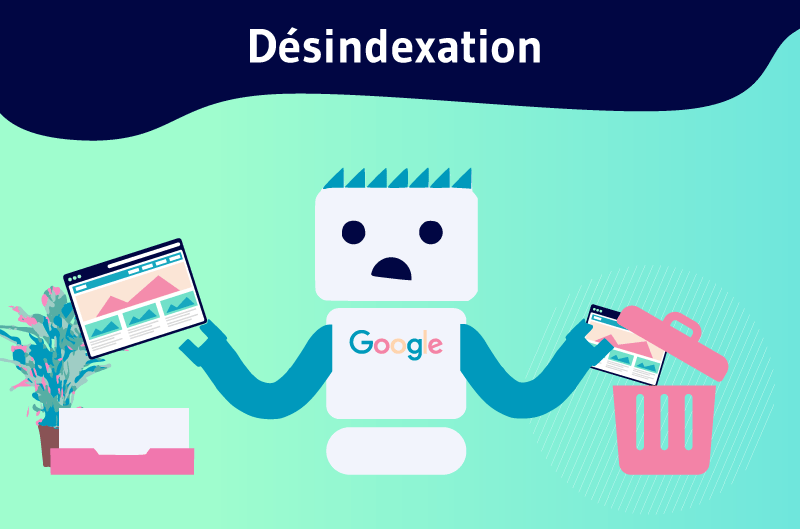
However, Google claims that paid dofollow links are not part of its policy. Regarding this statement, some webmasters think that Google is able to accurately detect paid links and others think the opposite
If the second assumption is made, it means that you are able to buy and sell links freely
However, Google gives its users the ability to report a site for buying and selling links. This feature can put you in the crosshairs of your competitors’ sites and may cause Google to take a look at your backlink profile
However, when you use a nofollow link, Google will have no reason to check your site for links. Hence, the protection against penalties.
2.4. Nofollow links help the development of dofollow links
When you receive backlinks, even nofollow ones from quite popular sites, you inevitably increase your popularity
So, the more people who know you, the more likely you are to get dofollow links. Therefore, nofollow links help in the development of your dofollow links when used properly
2.5. Other benefits of nofollow links
Apart from the traffic that nofollow links from great sites generate, which you introduce to your page and the other benefits mentioned above, you have
- Improved brand awareness;
- Increasing the trust of your visitors through the addition of nofollow links from quality sites on your page;
- Linking to new users who appreciate the content of your site;
- Improving your link profile, you get a much more natural backlink.
Finally, you get good quality traffic, since people are more interested in your page for your relevant content. This will bring in new leads and make more sales
Chapter 3: The impact of Google’s updates on the future of nofollow
In this chapter, we will discuss details about
- The changes Google has made since March 1, 2020, regarding the nofollow attribute;
- The impact of these changes on your SEO strategy
3.1. The new direction Google has taken since March 1, 2020
Before March 1, 2020, Google officially announced that
” For crawling and indexing purposes, nofollow will become an index as of march 1st, 2020. Those who rely on nofollow solely to block indexing of a page (which was never recommended) should use one of the much more robust mechanisms listed on our Learn to Block URLs help page. “
This statement put an end to the lack of indexing and exploitation of nofollow links
From now on, Googlebots or Google’s robots are able to track nofollow links on the pages they link to
Thus, Google can now follow a link for crawling, regardless of its nature (dofollow or nofollow)
It can therefore sometimes happen that Google indexes or overrates pages that are not necessarily beneficial for the overall strategy of your site.
It is therefore of utmost importance that sites perform a good tagging of their links since 2020
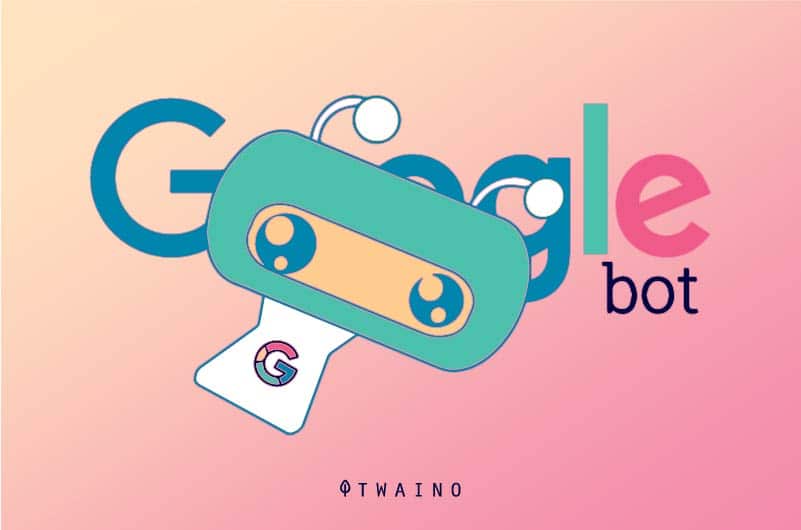
Be aware, however, that most backlinks from the following locations are not likely to change in value
- Press releases;
- Wikipedia which is a page that anyone can edit;
- Directories;
- Guestbooks from 1998;
- Pingback, which is a tool that allows you to receive a notification when someone links to one of your documents;
- Forums (Reddit, Quora);
- Social networks (Twitter, YouTube, Facebook, Instagram, etc.).
These links don’t have much value in the eyes of Google and it would be wise to focus much more on backlinks from sites in your industry with strong authorities.
3.2. The impact on your SEO strategy
The new Google updates can have positive and negative impacts
3.2.2. The positive points of the Google update
If you used to use nofollow links without abusing them, you don’t have to worry about the ranking of your site
On the contrary, Google’s updates protect you against publishers who used nofollow links to restrict the exploration of certain sites. Indeed, this is a practice that is highly discouraged
However, you should know that it will take some time before evaluating the precise impacts that these updates will have on rankings for example
Everything will depend on the pages that Google will choose to visit and index. However, it is known that Google generally does not index pages whose quality is doubtful
3.2.3. The negative points of this update
To begin with, Google’s updates on the nofollow attribute can lead to an inappropriate consumption of the crawl budget
This is because Google can also track nofollow links on pages with the new update. When the crawler links turn out to be numerous, it affects the crawl budget
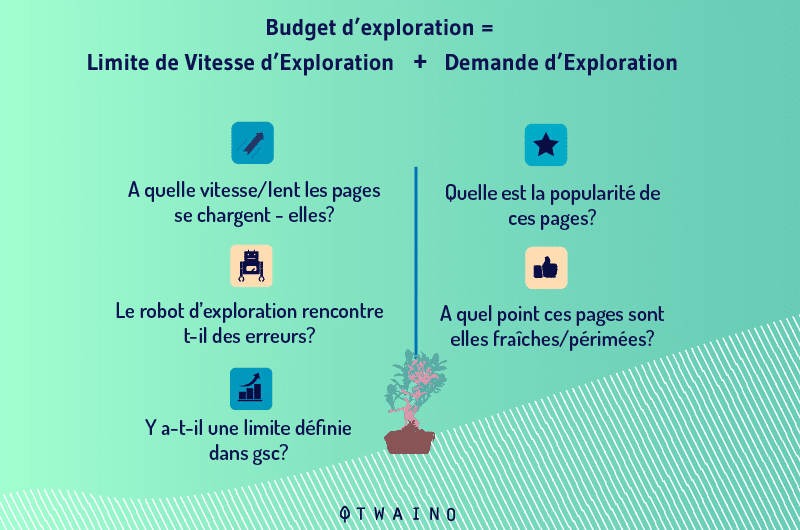
Note that updates usually have an impact on the speed with which your pages load. The crawling of links can indeed put a strain on your server and make the loading speed of your page much slower
They can also contribute to the use of duplicate content. If nothing indicates to Google that it must index or not certain pages, they can all be indexed and thus play on the overall quality of your site
Finally, Google’s updates can impact your netlinking strategy.
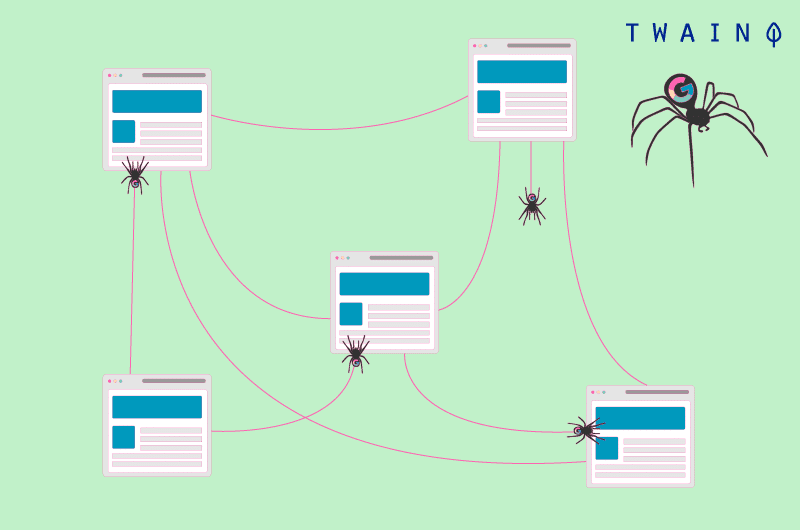
The nofollow attribute was previously used to protect the reputation of websites. With the new March 1, 2020 update, Google can now look at these links, which somehow alters your backlink profile
Conclusion
Nofollow links are links that could not be followed by Google before March 1, 2020. Their role is to fight against comment spam, but also to improve the SEO strategies of websites
They also allow the different pages present on search engines to protect themselves against the various sanctions of Google
When nofollow links are used in the right way, they can also improve the SEO of pages, increase their traffic and make them better known.
However, some updates have been implemented by Google since the first of March 2020. These now allow it to be able to track nofollow links
With these changes, we wonder if the effectiveness of nofollow will remain the same and the impacts that this could have on the reputation of sites
In the meantime, how does the nofollow attribute help you in your strategies? Let us know in the comments

